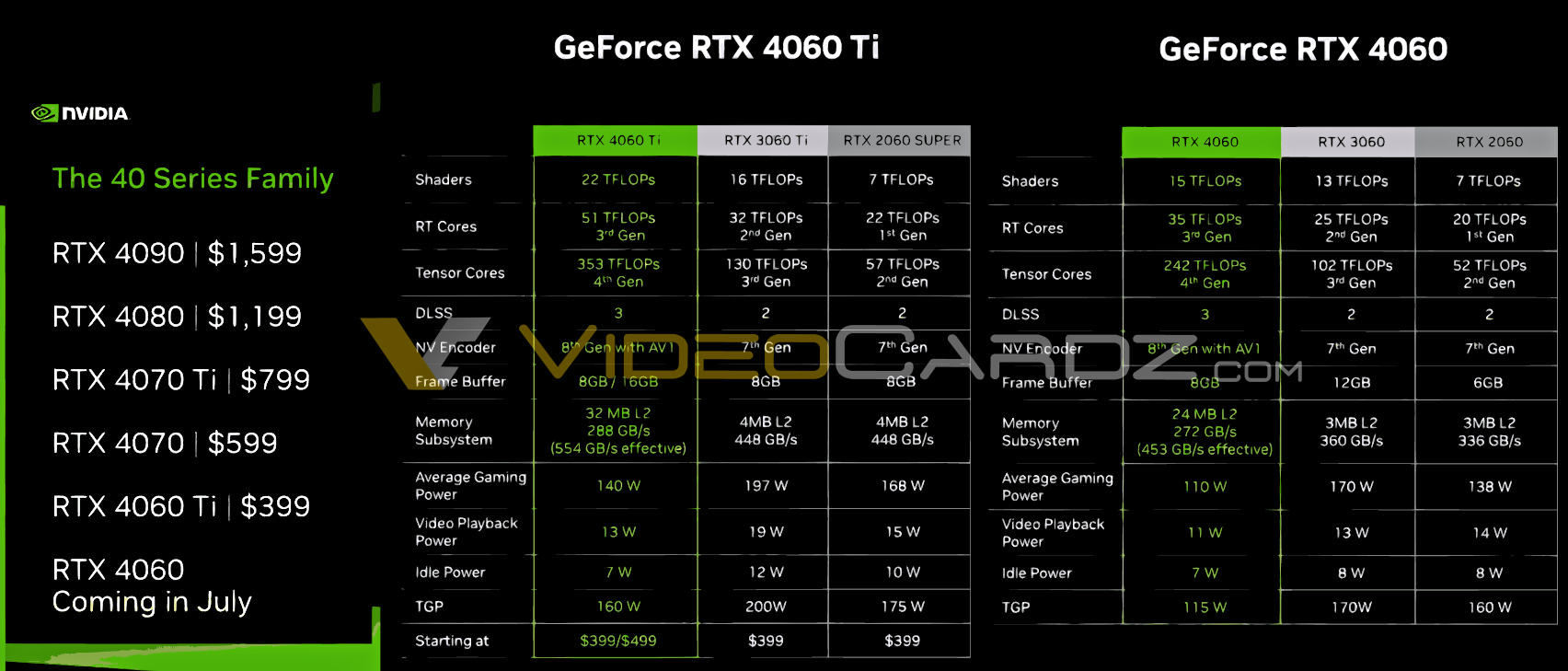In the realm of video games and online content creation, the performance of your hardware plays a vital role in providing an immersive experience. At the heart of this efficiency lies the graphics processing unit, which is responsible for producing images, motion graphics, and films with breathtaking sharpness and precision. As technology advances, understanding GPU specs becomes essential for both players and professionals who rely on high-quality graphics.
Deciphering GPU specs can appear intimidating at first, with a abundance of jargon like compute units, memory bandwidth, and frequency often resulting to uncertainty. However, these specifications are key measures of a GPU's capabilities and can significantly influence efficiency in video games, design software, and computational tasks. By understanding these details, users can make knowledgeable choices, guaranteeing they spend in hardware that meets their requirements while enhancing their overall experience.
Crucial GPU Specs
When discussing GPU specifications, a key factor is the GPU architecture. This refers to the structure and blueprint of the graphics processing unit, which determines how efficiently it can process visuals. Different architectures, such as NVIDIA's Ampere or AMD's RDNA, are optimized for distinct tasks, impacting overall performance in gaming and other applications. A more recent architecture typically means enhanced performance, greater efficiency, and better support for cutting-edge capabilities like ray tracing and AI enhancements.
Another crucial specification is the VRAM, or video RAM, which holds textures, data, and additional data needed for instantaneous rendering. The quantity of VRAM can greatly affect performance in games, especially in high-resolution settings. A GPU with greater VRAM can manage larger textures and more complex scenes without performance degradation, making it crucial for gamers who want to experience engaging experiences. Generally, four gigabytes to eight gigabytes of VRAM is adequate for most gaming needs today, but higher resolutions and detailed graphics may require more.
The clock speed of a GPU is a further key metric to consider. Measured in MHz or GHz, the clock speed indicates how many cycles the GPU can perform in a moment. Higher clock speeds typically translate to better performance, allowing the GPU to handle more data simultaneously. However, clock speed alone does not dictate a GPU's performance, as other factors like the number of cores and the effectiveness of its architecture also play significant roles. For gamers and experts alike, understanding these specifications helps in selecting the appropriate GPU for specific needs.
Impact on Gaming Performance
The characteristics of a GPU play a key role in determining its performance in gaming. Key specs such as clock speed, count of cores, and memory type significantly influence how effectively a gaming rig can handle high-resolution textures and complex graphics. Increased clock speeds mean the GPU can process more tasks per second, while a greater number of cores enables for superior multitasking and rendering of complex visual effects. It is particularly important in modern gaming, where detailed environments and lifelike animations are the norm.
Another important factor is the amount and type of memory, often referred to as VRAM. Modern games demand substantial memory to store textures and additional graphical data. A GPU with sufficient VRAM can more efficiently work with high-resolution displays and facilitate smoother gameplay without stuttering or lag. It assists in maintaining frame rates even when multiple graphics-heavy tasks are running in the background, providing an optimal gaming experience.
Finally, GPU performance is also affected by features such as ray tracing and machine learning. Such advanced technologies enhance realistic graphics and visual fidelity, pushing graphics to new heights. Understanding the specifications that support these features can help gamers choose the right GPU to fulfill their needs, guaranteeing they can take full advantage of the most demanding video games and software available today.
Beyond Gaming: GPU Application in Other Fields
Although gaming is a significant area of use for powerful GPUs, their applications extend far past the realm of entertainment. In fields like data science and artificial intelligence, GPUs play a key role in processing massive datasets and training advanced machine learning models. Their capability to perform parallel processing allows them to handle multiple calculations at once, significantly speeding up tasks that would otherwise take days on a central processing unit.
In the realm of creative fields, GPUs are indispensable for rendering high-quality graphics and video content. Applications such as 3D modeling, video editing, and animation benefit from the enhanced computational power of GPUs. Creative professionals rely on these specifications to deliver aesthetically pleasing work, as the processing power enables enhanced workflows and quicker render times, thereby enhancing overall productivity and innovation in artistic endeavors.
Additionally, the field of scientific research increasingly depends on the capabilities of GPUs for simulations and calculations that require extensive computational power. This includes simulating complex physical phenomena, analyzing genomic data, or conducting simulations in climate modeling, GPUs empower researchers to perform intricate calculations efficiently. gpuprices.ai of GPU technology into research not only accelerates discovery but also opens new avenues for exploration in multiple scientific fields.

